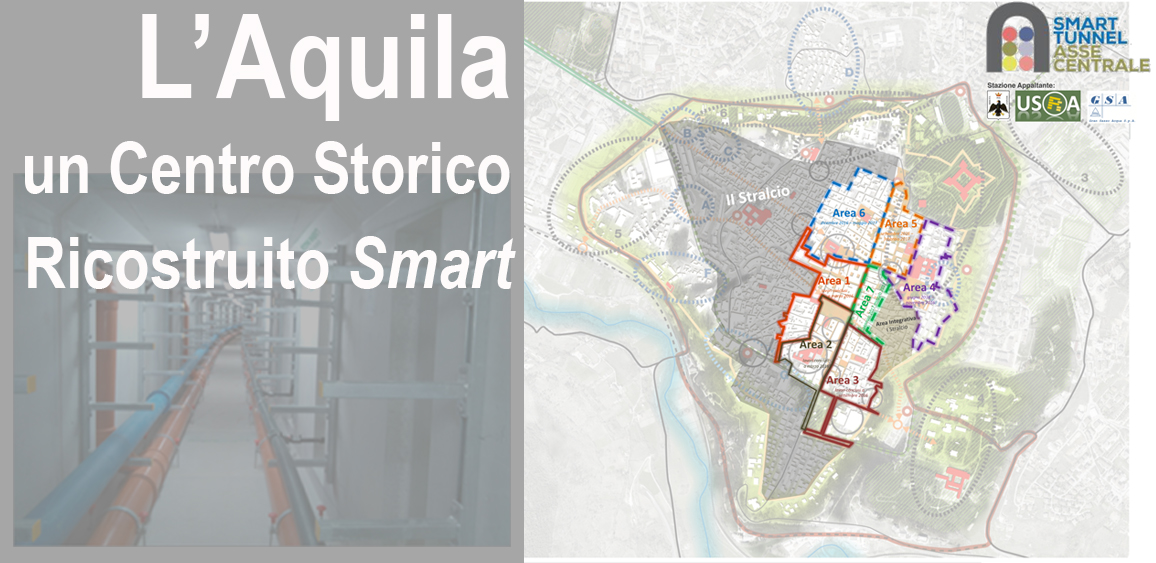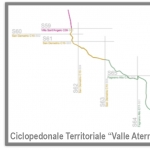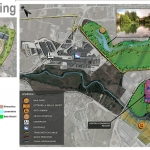The reconstruction after the earthquake in the historical center of L’Aquila, one of the biggest historical center of the country (170ha), has been done together with the program of “modernization” of the urban armor of the cities, as it is described in the Piano di Ricostruzione (Plan for the Reconstruction) and as it is in several technological advanced project under realization. From this vision came a “smart historical center” which is part of a Territorial Vision that can be described as “Smart up-country”.
An innovative project born in December 2013 with an “Accordo di Programma” signed by the Municipality of L’Aquila and ENEL started the “Smart Grids Infrastructure for L’Aquila and its role in the habilitation of technologies and services for the smart city”, in order to realize the Smart Grids, electric networks, advanced and bidirectional, provided with automatic and tele control systems. The project also wants to develop the electric based mobility (eMobility) through the installation of recharging systems on the territory, which will be connected with the electric network.
A second project is the Smart Tunnel, an underground multifunctional structure, 12.5 km long, with the entire network services (except gas) concentrated together, making it possible to have safety, efficiency, easily maintenance and warranty for the all system. The reconstruction of the subservices of L’Aquila is considered one of the most important public committee in the post-earthquake reconstruction, with a total value of about 80 million EUR, which promoting subject is Gran Sasso Acqua Spa, society participated also by the Municipality of L’Aquila and all the Municipalities of the territory. This society manages the integrated water cycle in the “ambito territorial ottimale” (Ato).
Above those projects stands the vision of a sustainable mobility, that is predict by the realization of a urban pedestrian and bike path that will connect the nodes of the smart grid and also the new districts of the CASE Project, to integrate their functionalities with the potential of the Smart Tunnel.
It seems today a right thing to present an integrated vision of those experiences in a new way to read the urban structure and, in particular way, the historical center.
Italiano










